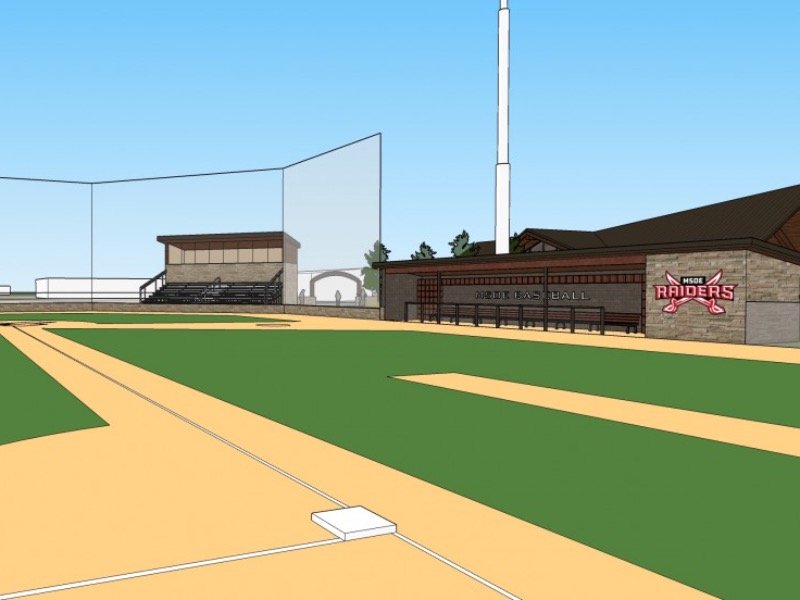 For many people art and engineering aren't obviously complementary. Dr. Eckhart Grohmann thinks differently. The German-born president of the Milwaukee Aluminum Casting & Engineering Company recently donated nearly 450 paintings and sculptures to the Milwaukee School of Engineering. Grohmann started collecting these artworks, which span nearly four centuries, in the '60s.
For many people art and engineering aren't obviously complementary. Dr. Eckhart Grohmann thinks differently. The German-born president of the Milwaukee Aluminum Casting & Engineering Company recently donated nearly 450 paintings and sculptures to the Milwaukee School of Engineering. Grohmann started collecting these artworks, which span nearly four centuries, in the '60s.
A companion catalog with images and essays has also been published by the school.
"Man at Work: The Eckhart G. Grohmann Collection" is the first art collection MSOE has acquired. The artwork features the manufacturing practice and processes and its history, making MSOE the perfect home for the extensive collection.
"Exposure to this collection will help open students' eyes to the historical evolution of work from its early, modest beginnings and allow them to better understand the roots of today's production processes," says Grohmann.
Students are curious and excited about the school's new addition. The artwork is being incorporated into engineering and humanities courses as a way of learning more about work processes of the past.
One industrial engineering course in ergonomics now requires each student to pick a painting and analyze the work being performed, the tools used, the working environment and the relationship between people. They learn to dissect the painting, looking both at the scientific and creative aspects of the artworks.
"The beneficiaries of Dr. Grohmann's generosity are the MSOE students, faculty, staff and all those who will be exposed to this collection through visits to campus or through the book," says MSOE President Hermann Viets, Ph.D. "It will be of ongoing value to all of MSOE."
MSOE students learn about today's forging process and by studying this painting they are able to learn about its history.
In the lower right corner of "The Forge" by British artist Eyre Crowe (1869), a large wheel with knobs rotates clockwise. The knobs lift a long, heavy bar. As the wheel rotates, the knobs pass and the hammer, or bar, falls. This is the way iron was forged 100 years ago. Two workers in the foreground move the glowing metal so the hammer hits it in the right spot.
"It gives them a chance to see the progress made," says Viets, "which is important if they are going to learn how to make improvements."
The artwork in the collection depicts men and women laboring in the fields as well as factory, shipyard and steel mill scenes. There are also blacksmiths, carpenters and cobblers at work. The more recent paintings begin to show how machinery revolutionized the work force.
The works are mainly by European artists, but many correlate with Wisconsin as well as with MSOE. Although the American artist Richard Lorenz -- who came to Milwaukee in 1886 and spent most of his professional life in Wisconsin -- painted "Harvest Time" in Germany, he had Wisconsin in mind. The landscape is similar to the farm fields that dominate much of Wisconsin.
German artist Otto Pfeiffer also has a landscape similar to Wisconsin. Viets likened the hill in the background to Holy Hill, and taking a closer look, one can see the connection.
Other European artists include Marten van Valckenborch (1535-1612), Pieter Brueghel the Younger (1564-1638), Jan Brueghel II (1601-1678) and Max Liebermann (1847-1935). The collection also includes bronzes by Adrien-Etienne Gaudez, Gerhard Adolf Janensch, Constantin-Emile Meunier, Emile Louis Picault and others.
About half the artwork is at MSOE and the rest should be arriving shortly.
Some of the "Man At Work" collection can be publicly viewed in the Student Life and Campus Center (1025 N. Broadway) and during special events or with special permission at the Alumni Partnership Center (1120 N. Broadway).







